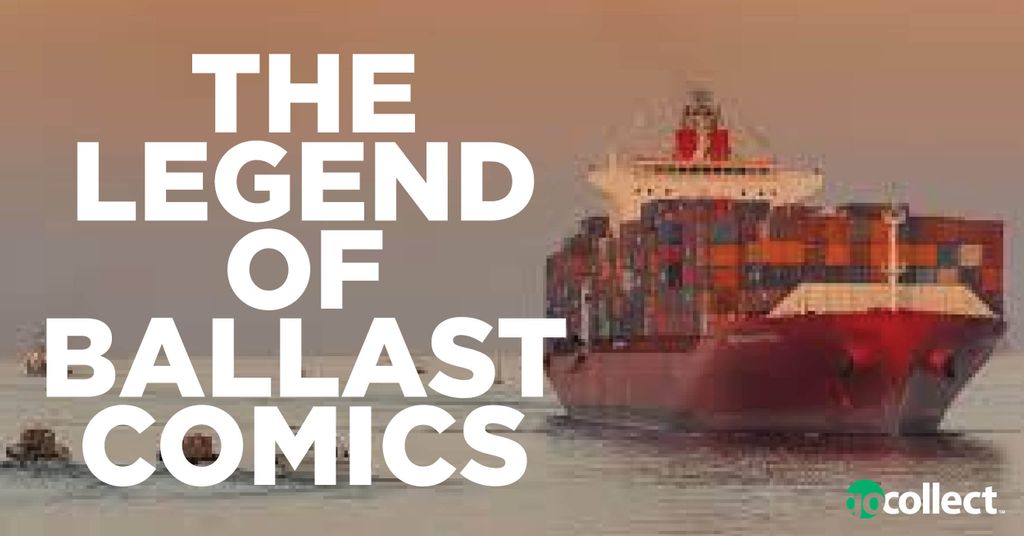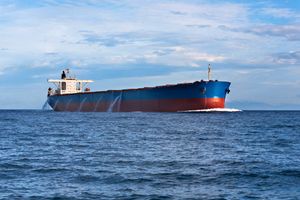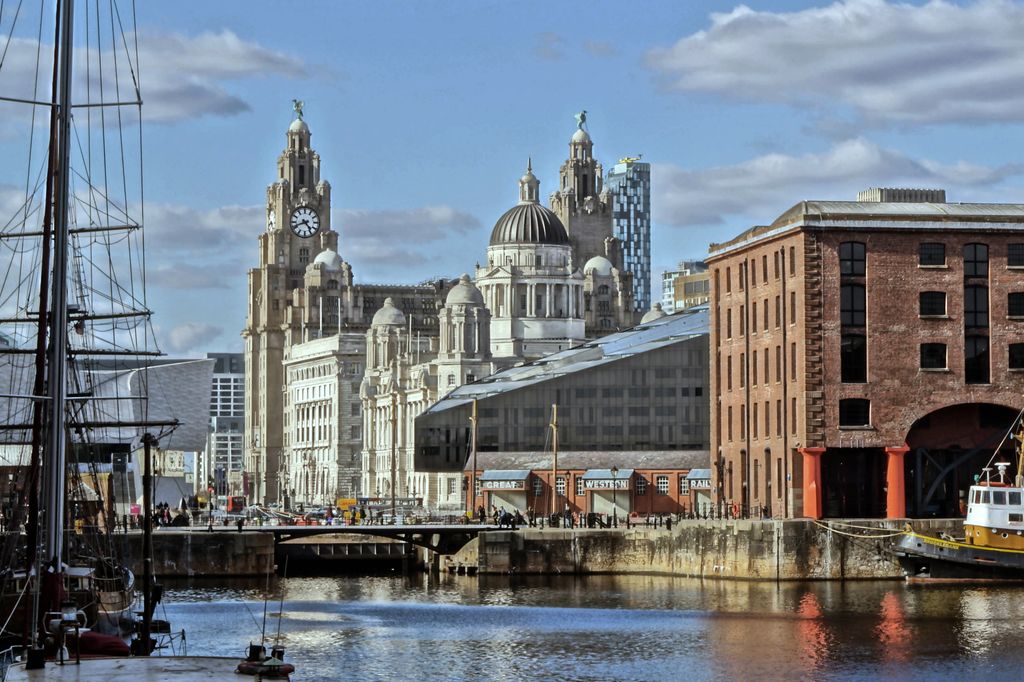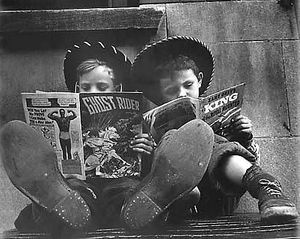

So, what are Ballast Comics?
Ships have to have ballast. And some of the cheapest, most disposable forms of ballast were nand comic books, particularly after WW2.Yes, American troops also brought comic books over to Europe during the war. But the volume of books to actually hit our shores actually came primarily from ship ballast.
Ballast. verb.• 1. Give stability to (a ship) by putting a heavy substance in its bilge."The vessel has been ballasted to give the necessary floating stability"
Now, to be honest, many of these books were simply thrown overboard before reaching port and lost forever to the sea. But those that did make it to the docks were piled up to the side and drip-fed into the UK market.In those post-war years, many comics would still come over from the US this way, even with the likes of Marvel and DC being distributed across to us for general sale. (Hence the Pence Variant.) But these were Cents copies entering the UK market and they were coming directly off the boats' ballast!
So, how did this actually work? What was the process of all this?
Well, what actually happened with this unofficial supply was that ships in the UK would transport stock over to the US. (primarily furniture) and upon return would require ballast to balance the boats.Comics at this time had print runs of hundreds of thousands, so when newsstands returned their unsold copies in the US, they’d be used by ships because they were so cheap to purchase and disposable. These comic books would then get to the UK and, if not dumped into the Atlantic, be placed port side and left to the elements.
 The Lucky Ones
The Lucky Ones
If you lived in a big port city during this era, you’d be lucky enough to find piles upon piles of comics (often slightly water-damaged) in the local markets.Sure, these particular books wouldn't be in the best of condition. But you’d be getting comics earlier than anyone else in the UK, what with other readers having to wait years for the UK reprints to become available in stores. Plus there’d often be multiple copies of the same book. I mean, can you imagine stumbling across 50+ issues of a major comic book key and grabbing the lot?
But this all wasn't to last.
By the time the 1980s rolled up, a lot of these ballast copies started drying up as sea freight became less-used to get comics over to the UK.As the years passed, every now and then you’d hear of someone coming across a box or two of these gems, hidden away in storage somewhere. But for the most part, that era of the hobby was over.Nowadays, a lot of these port cities have been redeveloped into luxury apartments for the wealthy and the chance of finding such hidden gems is as close to zero as can be. But many of us still hold out hope that a house clearance or storage unit might one day be found containing treasure brought to us from across the sea.
Want more from HydraCollectables?
-
THE KIDS WHO DESTROYED ACTION COMICS #1… ON PURPOSE
-
HOW THE “SNAP!” BROUGHT VAMPIRES INTO THE MCU
-
THE STRUGGLES OF A COMPLETIONIST: ARE YOU ADDICTED TO COMICS?





